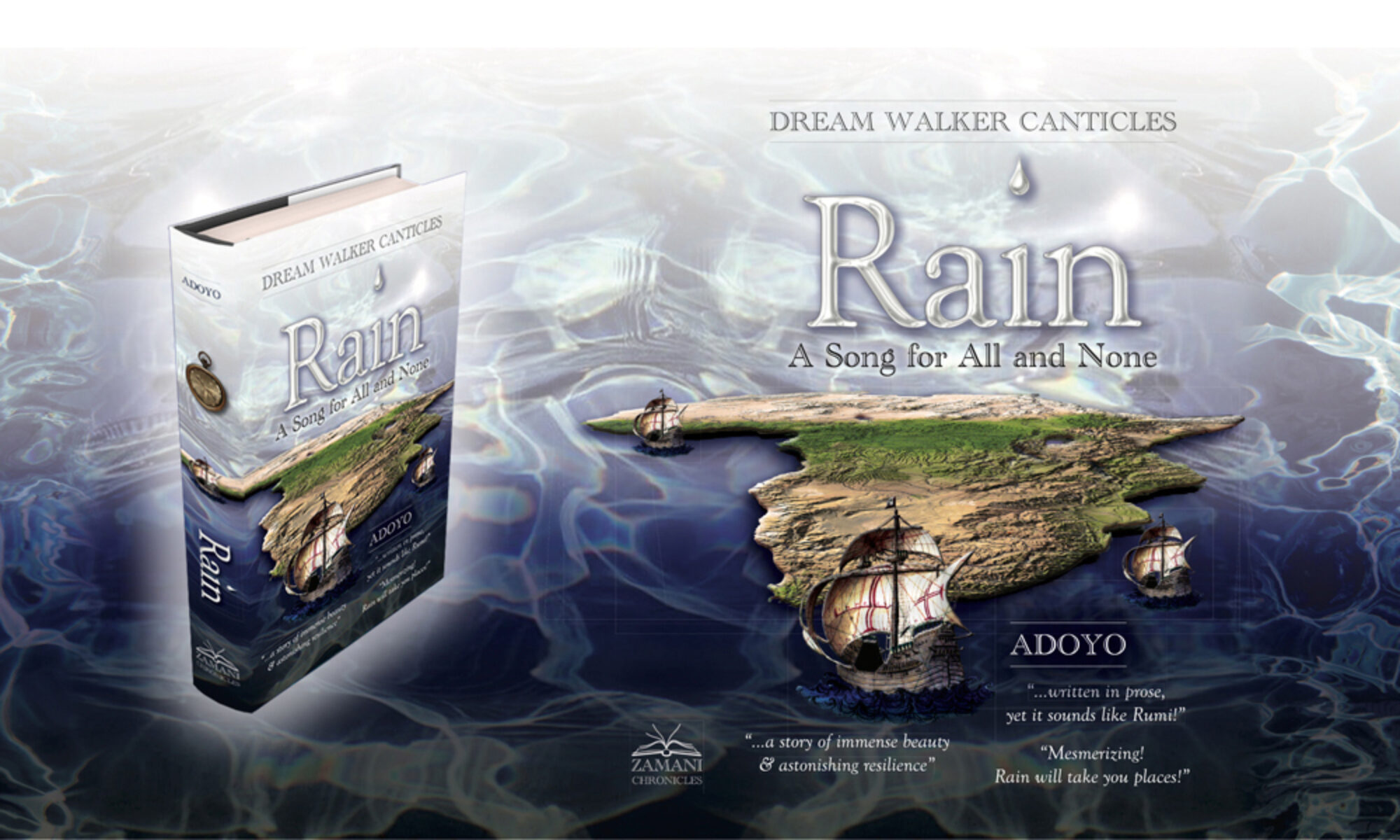Hi Cathy, Am on Canto 30 on Rain, reading on kindle but I think I’ll get the hard copy for a second read. You have a great writing style and bring out some interesting cultural aspects, especially the bits about naming of newborns, as well as some intimately described scenes that are well, quite interesting ?.
Some aspects though I feel a bit lost and need a little bit of help to understand. What timeframe is the story set in? Part of the early parts I guess must be in the times during the building of the railway 1896-1903?. However, that seems to be interspersed with more later times when Africans travelled abroad to study, as in the example given of the character who went to study in Russia, and died there (there are many deaths in the book) ?, or the lady who just left her family and travelled to the U.K on a whim based on an invitation? I don’t seem to get a time definition and my mind seems stuck with that. I may have missed something though.
Secondly, I am still trying to figure out Alex, the child who died at birth, but still lives on and interacts with his siblings, like a ghost ? ????
Thirdly, Is there a main character that runs through the book, trying to look for someone to relate with…
For sure we don’t seem to have a very wide reading source of our historical aspects so this is an interesting read.

Hey Joseph,
I am so glad that you are making progress through RAIN!
Let me start bu saying that the questions you pose are all excellent questions!
The feeling of chronological disorientation that you describe is actually a natural and inevitable consequence of the way the story is structured. The main character is the Dream Walker Maya and the journey that you are on with her is mapped out around the question about how MEMORY relates to “History.”
The special condition of Dream Walters cause them to travel through time spontaneously, and soothes do not experience time in chronological sequence the way ordinary people do. For this reason, the PAST and the FUTURE are not different from the PRESENT for them. The main way they know that something is past is through their own MEMORY of having already experienced that something themselves. This mean that any events in the historical “future” that a Dream Walker experiences is perceived by the Dream Walker as a “past event.”
I modeled the narrative structure of the way MEMORY works organically. If you take a moment to reflect on how the faculty of MEMORY operates, you will notice that MEMORY does not spontaneously unspool in sequential order. Think, for example, of what happens when you are trying to find something that you misplaced – let’s say, your house keys. First you go to the place where you expect to find them, and when they are not there, your mind starts leaping back and forth – sometimes further back, sometime right up to the moment before you started looking for the house keys. Another example of how memory works spontaneously is how, when you are telling a story about something that happened‚ you start your story out at a particular point, and then as you continue, you sometimes backtrack, and sometimes interject with information about what will happen later in the story.
This is the phenomenon that the narrative structure of RAIN represents. On a calendar, the story spans nearly 1000 years (from about 1066 AD to he present). The episodes of Maya’s spontaneous (and mainly involuntary) dream walks that are explicitly narrated in RAIN take her to historically pas moment in 1498, 1503, mid 1500s, 1863, 1865, and 1887, all in connection with other Dream Walkers, two of whom you have already met (Olóo and João de Sousa).
To fully realize this narrative structure so that thee reader can gain some experiential insight into how Maya experiences Time, calendar dates are mostly absent even though you can tell that you are in different moments in time, just as you have observed.
But have no fear: for readers who would like chronological points reference as they go, the book comes with a number of tools that are located at the beginning of the book and are also available online:
FAMILY TREE: JOKOLÓO AND JOKOMOLO : https://www.zamanichronicles.net/rain/family-tree/
RADIAL TIMELINE, 1845 TO PRESENT : https://www.zamanichronicles.net/rain/radial-timeline/
TIMELINE of the SIEGES of MOMBASA & FORT JESUS (1498 TO 1963) : https://www.zamanichronicles.net/mombasa/
So while you are walking through Time in Maya’s shoes, you have the option to track where you are in Time according to the family generation, the Timeline of Kenya’s history based on British colonial occupation, or in relative to Vasco da Gama’s voyages.
I mentioned earlier that RAIN spans a period that goes at least as far back as 1066 and even earlier. Book VII is where yo will see allusions to this time and then in Book IX the story alludes to an age even earlier in time!
I hope these notes help you get oriented. I’ll upload the generational Family Tree and the Radial time line here for you in case you don’t want to click on the links above.